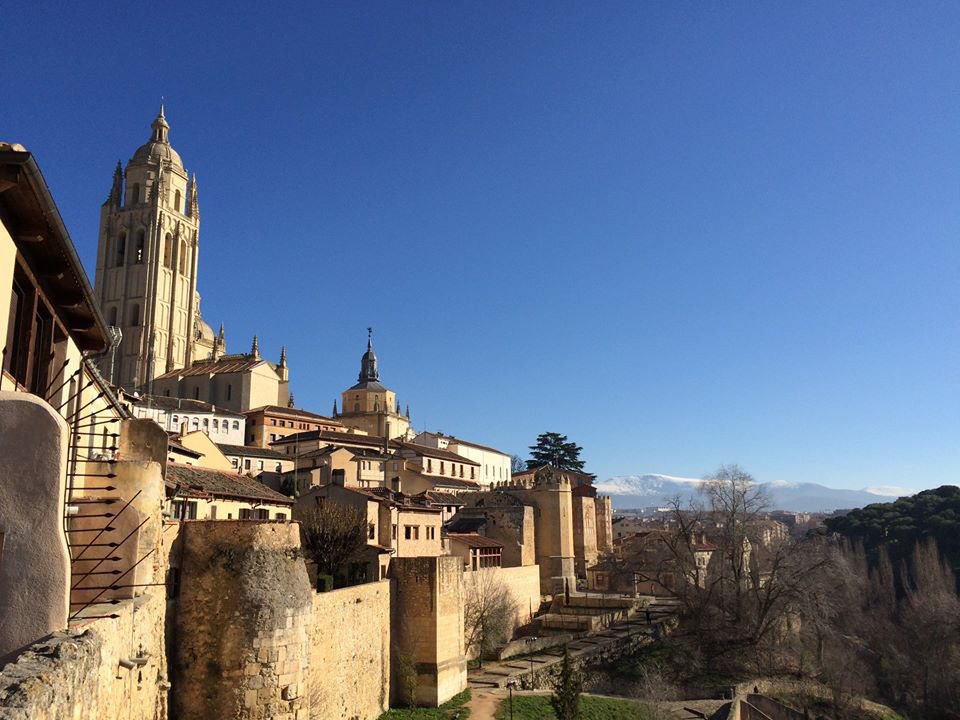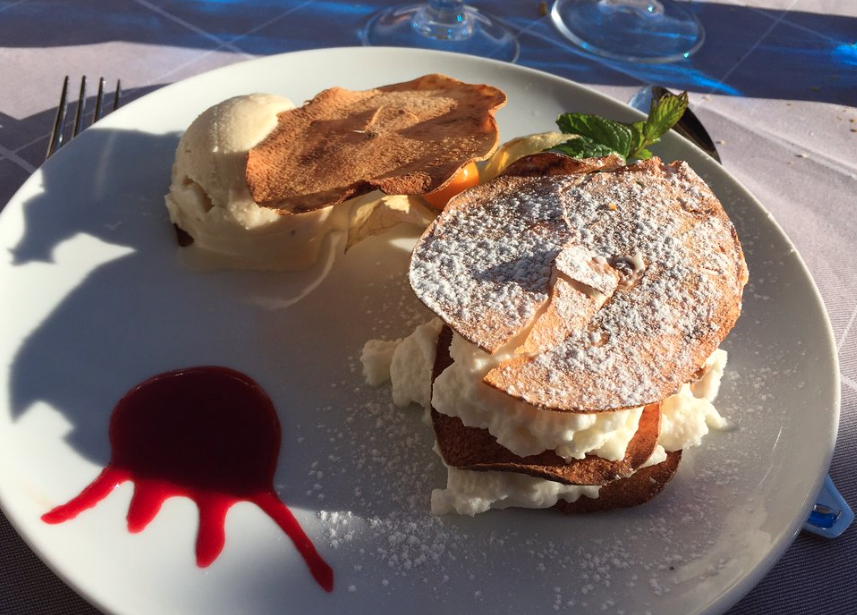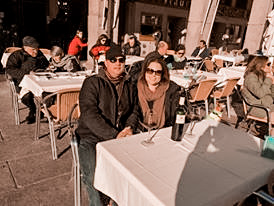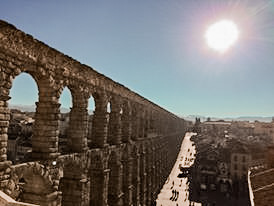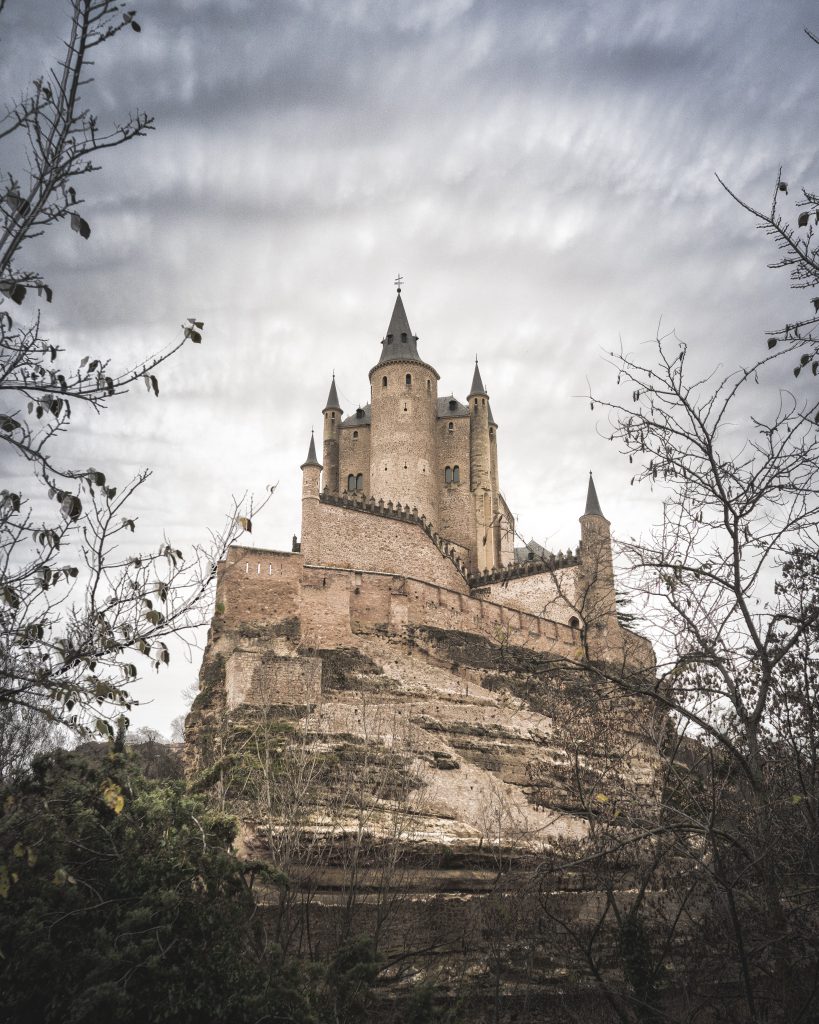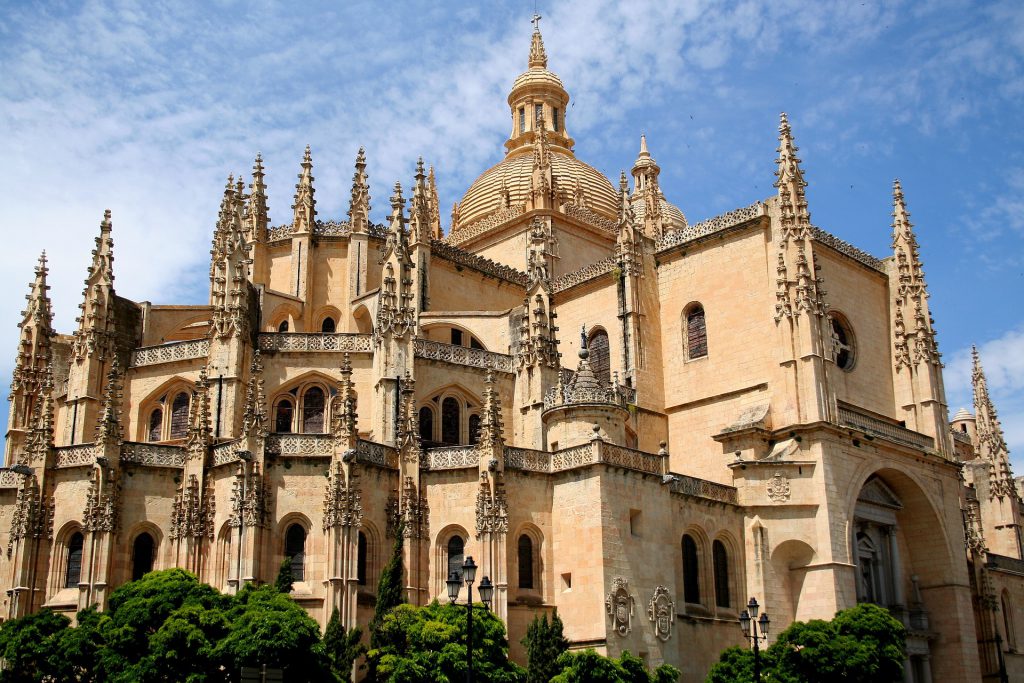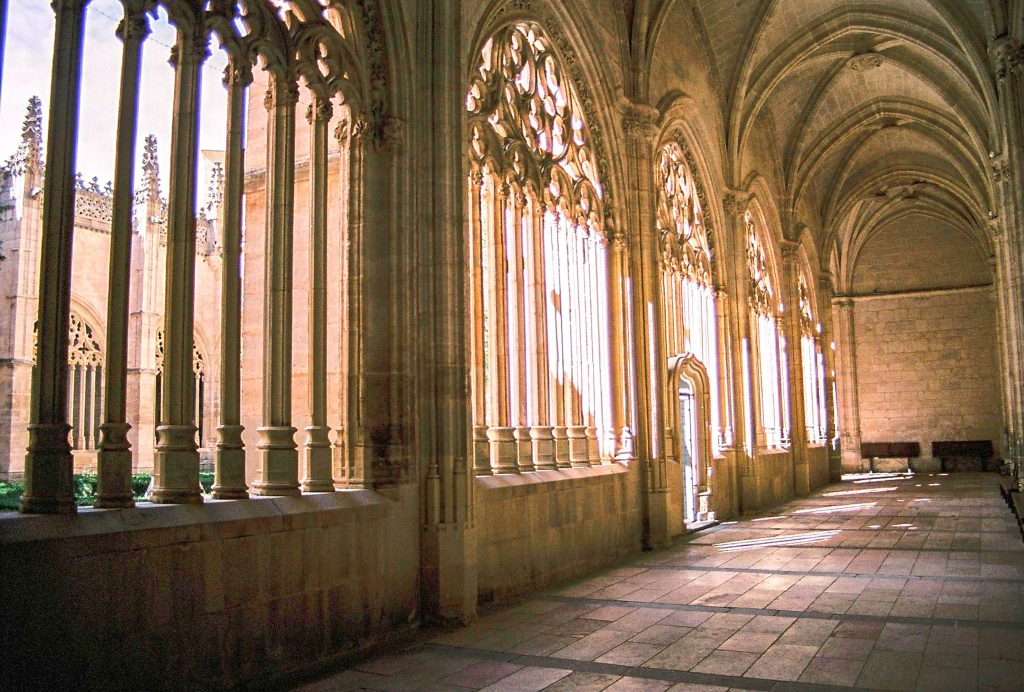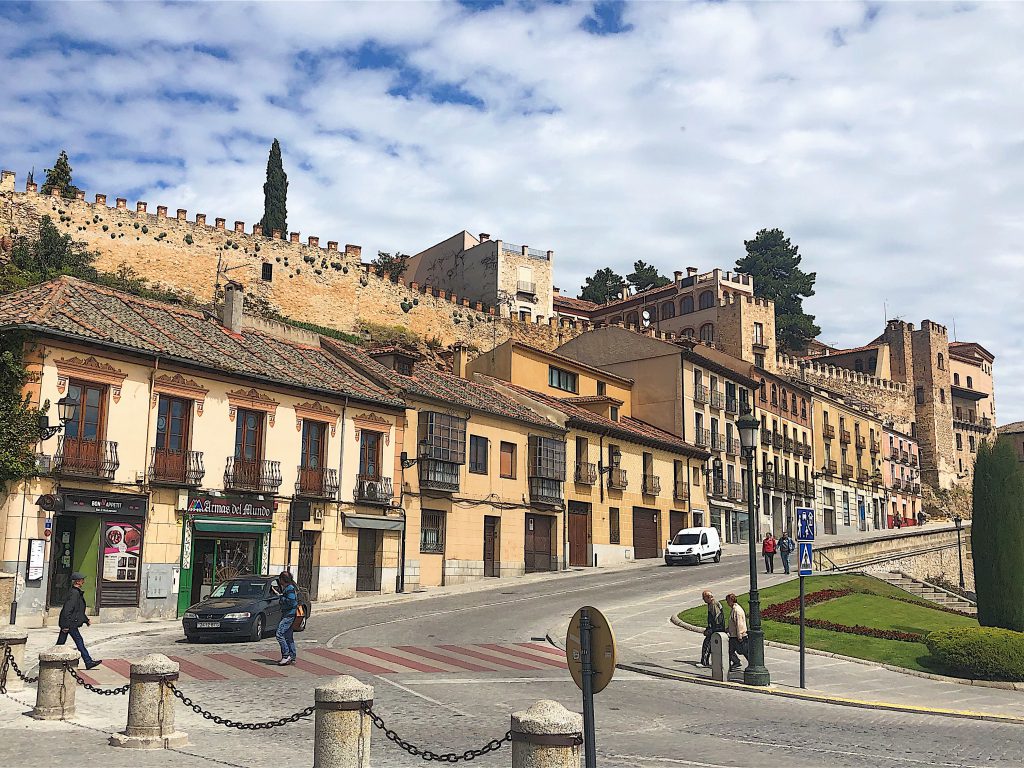December, 2014
I fell in love with this beautiful medium-sized town of Segovia filled with a glittering array of churches against the backdrop of snow-capped mountains. This town was just my style and easily accessible for a day trip from Madrid. With the high-speed train option, you can discover the charm of Segovia in about 30 minutes for less than 15 euro per person. From the main train station, you will need to take a bus (bus 11) into the city centre just outside of the aqueduct. This small historic city is known for two legendary buildings including the Roman aqueduct and the fairy-tale Alcazar. However, don’t underestimate what else this city has to offer. If you are anything like me, you might just find yourself falling in love with this city.
Knowing what I know now and reflecting back on our trip to Spain, I would have done things a bit differently. I definitely would have still spent some time in Madrid, but would have preferred to have an overnight stay in both Toledo and Segovia and maybe even added on another day trip to a smaller Spanish town. My preference is more of a small-town vibe to truly immerse myself in the culture and since this was D’s first trip I was hesitant to have us moving all around the country in such a short period of time. This is the joy of travel, you learn as you go and adapt future itineraries more to your taste.
Now I will share some of my preferred things to do while visiting Segovia.
Roman Aqueduct – This is the prominent emblem of Segovia and was once used to bring water from the mountains into the city over 15 km away. It is 894 m long and 29 m high and truly impressive to view up close. For the best perspective, climb the stairs next to the aqueduct that begin just behind the tourist office. It is an impressive landmark built by approximately 20,000 granite blocks with no mortar. Take some time to admire the arches and standing beneath it because this is not something you are going to see every day.
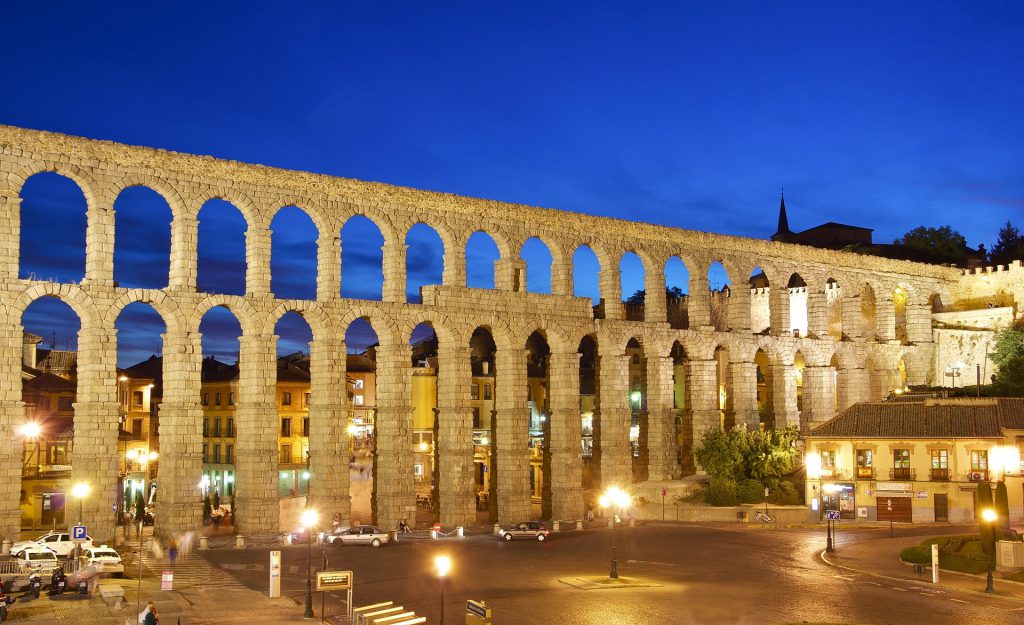
Alcazar of Segovia – With towers, a deep moat at the base and turrets topped with slate witches’ hats you have the perfect combination for a fairy-tale castle. It stands imposingly upon a rock overlooking the valleys of the rivers where you could just imagine a princess leaning out of the tower being courted by a prince. I recommend exploring the castle in detail including climbing the 156 steps of the John II tower where you will take in the most magnificent view. You will be delighted with warm terracotta and sandstone hues among the rolling hills of Castilla against the backdrop of the Sierra de Guadarrama. Enjoy the best view in town.
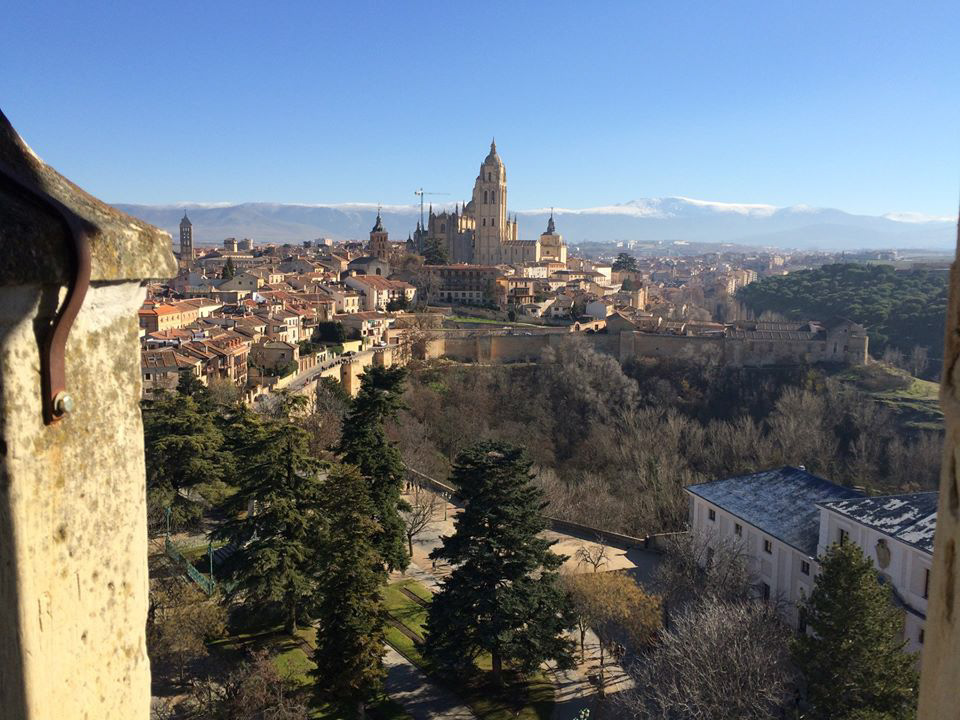
Explore Mirador de la Pradera – This is the grassy area in Segovia close to the Alcazar. It is known for its post-card perfect views of the medieval castle and is a popular spot for wedding photos. Any bride having photos done would feel like a princess with her castle. This is a great spot for a picnic, which I absolutely love. We didn’t do a picnic during this trip, but you can stop at many of the local shops for some of your favourite goodies to enjoy outdoors with the majesty of the impressive Alcazar in the back drop.

Segovia Cathedral – Located just beside the Plaza Mayor you will find this show-stopping altarpiece. It is the perfect spot to visit just before or after lunch in the Plaza, which we will talk about in a bit. It’s an impressive expression of Gothic architecture with three naves and more than 20 chapels to explore. The bell tower stands 90m high and the cathedral offers a vaulted ceiling with the most stunning stained glass. From all the churches we explored, this one was my favourite and it makes for the best back drop in a picture from lunch in the Plaza too!
Plaza Mayor – This is a lovely open square with an abundance of cafes and restaurants. It is a smaller and quainter version of the Plaza Mayor from Madrid. It was the idyllic spot for lunch to bask in the warm December sun, eat amazing Spanish food and of course take in the view of the cathedral. We had lunch outside at La Concepcion and indulged on the meal of the day. Honestly, such an epic deal which includes a bottle of Rioja wine to pair with your meal. The warm sun that day made us linger a little longer, order a second bottle of wine along with some small Spanish tapas to share. I would go back to Segovia just to sit here again and have this experience.
Explore Calle Real – Getting lost in the streets is the best thing on vacation. Rather than a single street, Calle Real is a maze of pedestrian roads that wind through the oldest part of the city between the Alcazar and the aqueduct. It’s within this maze that you will find a vast collection of 15th and 16th century buildings, churches, and homes for the wealthy marked with their solid stone construction. We just enjoyed walking through the charming narrow cobbled stone lanes where you can find lots of hidden gems to explore. Besides stone buildings, on your walk you’re also likely to encounter street performers, charming cafes, small bars and local shops, blending the new Segovia with the old. I completely recommend stopping at one of these charming cafes for some local Spanish churros and chocolate. The ancient city is surrounded by massive walls dating back to the 11th century. These limestone walls have been well maintained and are a fabulous walk as well as you can really imagine what this town used to be like in the days gone by. If you’re not afraid of heights, spend the stunning golden hour walking along the walls, taking in sights of the once sprawling Jewish Quarter, lush green valley, and other Segovia landmarks from a unique vantage point. The best part to walk along is the portion west of the Cathedral near the San Andres Gate.
Real Casa de Moneda – This coining house was a former royal mint in Segovia dating back to the 1500s. Today it operates as a museum demonstrating the history of money, how it was made and the various tools and machines used by the Spanish Royal Mint. One of the oldest commercial buildings in Spain, the Real Casa de la Moneda was built in the 6th century and served as the Royal Mint of Segovia. Founded by Philip II, it operated between 1586 and 1869 and employed different production methods throughout the years. It still has a hydraulic infrastructure intact with a dam in the Eresma River. Part of the hydraulic system is on display in the outdoor courtyard with a reproduction of the wooden channels and waterwheels which was used to power the machinery.
Trust me once you experience this city, you’re bound to fall in love right away. The cobblestone streets seep mystery, the tiny eateries practically call your name, and the buildings dating back to Roman and Moorish times are sure to draw you in. Enjoy!

